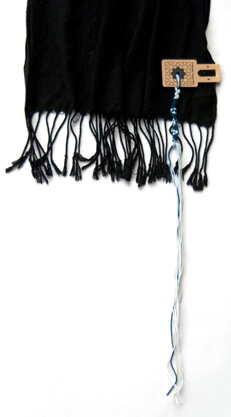Mosque Manifesto: Propositions for Spaces of Coexistence is a hybrid book/art object offering a repertoire of ways in which creative forms of Islamic representation may foster a better understanding between cultures and generate a critical response to nationalism, xenophobia, and religious fundamentalism. Narrated in the form of a manifesto, the book postulates a new theory of the mosque as an ephemeral space that “takes place” through the ritual performance of the congregation. The work deconstructs essentialist expressions of identity in architecture as manifested by the frequent use of domes and minarets as the formal confines of mosque design. My visual critique rests on my decade-long theoretical and historical investigations into mosque architecture. I developed a set of five generative design principles that redefine the mosque in conceptual terms, rather than based on stylistic features. These guidelines allow for a critical playfulness and diversity in representation, which I probe and demonstrate through various artworks published in the book. Mosque Manifesto circulates in public in libraries and bookstores. It is sold and distributed as a book, and it is also exhibited as an art object, often using wallpapers with the manifesto text and the associated manifesto colors. The display is arranged to allow for book reading in exhibitions.
Concept, design, and artistic direction: Azra Akšamija
Research: Azra Akšamija (book text and projects); Foreword: Finbarr Barry Flood; Afterword: Nebahat Avcıoğlu
Production: Floor Van de Velde (layout, graphic implementation); Publisher: Revolver Publishing Berlin, DE; Printing: Offset Istanbul, TR
Sponsoring: MIT Department of Architecture, ACT Program, partial support by the Council for the Arts at MIT
Book / object
Published by Revolver, Berlin, DE
Materials: cardboard, Munken paper 130g, color print, open spine binding, wall text, wallpaper in 10 colors
Dimensions: 440 p, ills colour & bw, 11 x 19 x 3 cm
Launguage: English; run 800 pieces



















































































































































































